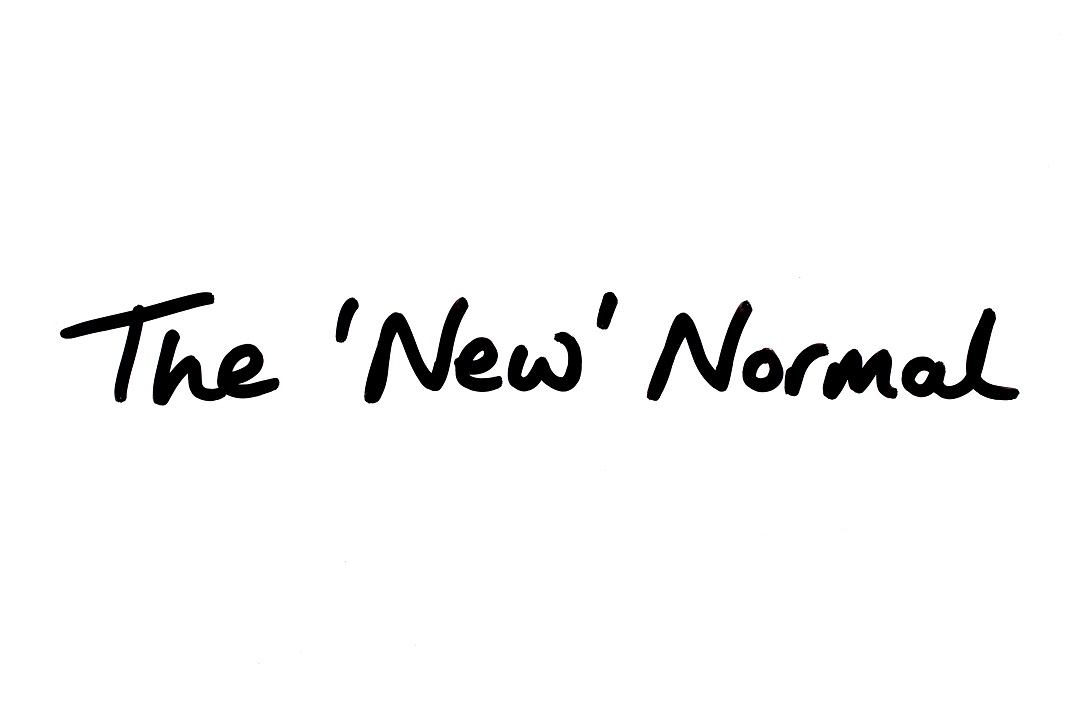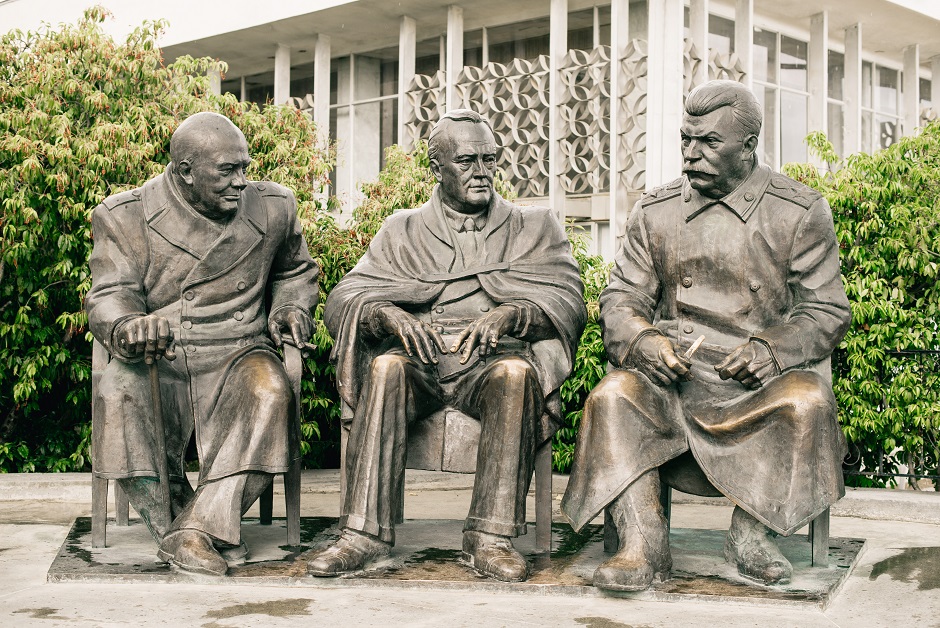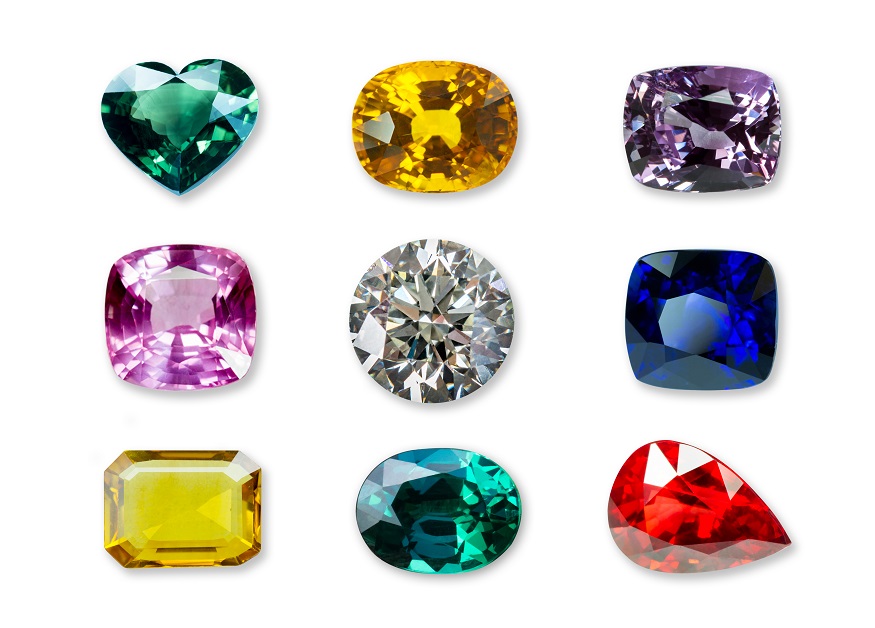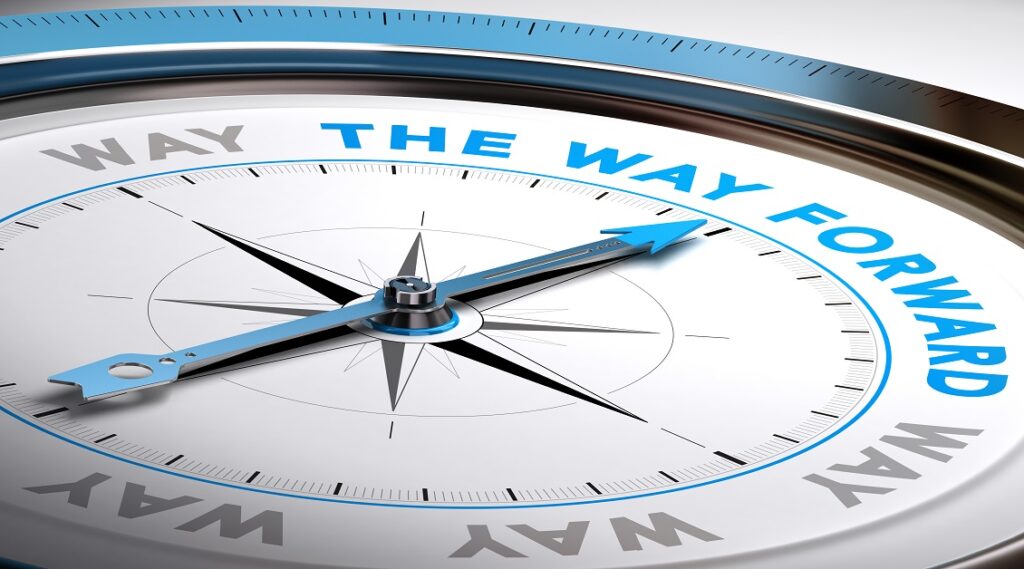
Pakistan is perhaps one of the only few countries where you can drive a Mehran (no offence Mehran lovers) for 15 years, put over 200,000 kms on it and sell it for profit. It wouldn’t have felt out of the ordinary had we not known that in the rest of the world a car is a depreciating asset. You should be losing, not gaining money selling it.
The anomaly

Not that anyone is complaining including this scribe but have you ever wondered why a used and sometimes abused product like a car becomes an asset? Why should you not be losing money selling a car which has seen many seasons?.
Other than wear and tear, why should you fetch a handsome profit for your car when there are many other new cars in the market with much better quality, safety and comfort features, fuel economy, etc. You would say because these new cars are expensive and this drives up the price of your used car as well. And there you have it, the answer to our anomaly.
Double whammy

Ever heard of the Big Three? Yes! Suzuki, Honda and Toyota. Not to pick on these three only as the new entrants would soon follow their path too, but these three have done two things consistently in the past three decades, if not more – raise prices and produce substandard vehicles.
It is their common practice to introduce a “new” model in Pakistan which has been running on the Eastern and Western roads for years. We Pakistanis readily and with open arms accept a generation of old “new” cars. We have been so used to it now that we don’t even complain. And their short changing us doesn’t stop here.
We have been made addicted to accepting “new” cars which are not only a generation old but also lack the same features and specs which their Western and Eastern counterparts have. For example, a Civic introduced in the US or Japan wouldn’t have the same safety and comfort features as the Civic introduced in Pakistan even if it’s of the same generation. The common excuse given for it is that the local consumer can’t afford to pay the price a local consumer in Japan or the US pays. Is this true though?
No, it isn’t. Look up what a Honda Civic costs in the US. Note down its price and then multiply it with the going USD to PKR exchange rate. So, what do you think, are you being cheated or not? Not only are you paying more for the Civic than an American, you are also getting fewer safety and comfort features in your Civic. That’s a double whammy.
Spoiled children

Emperor Akbar had nine gems in his court; our state has three (though the list may grow in the coming years). Though unlike Akbar’s gems, our “three gems” keep taking, without giving much in return.
A healthy competition leads to progress is a commonly known mantra. However, in Pakistan, the state has other priorities.
To shield the Big Three, successive governments in Pakistan have erected protectionist tax regimes wherein it was not only hard to import a car (bureaucratic hurdles) but also expensive, thanks to heavy import duties and taxes.
If better and cheaper cars aren’t being imported, why should the Big Three care to manufacture better, safer and cheaper cars? You’ve just answered your own question.
Now had they stopped at this, not many would have complained but they rub salt in the wounds by never forgetting to raise the prices of their vehicles, multiple times a year. And the most common excuse given for this daytime robbery is – dollar mehnga hogaya hey. Interestingly, they forget to lower car prices when the dollar becomes sasta.
What’s more, the lack of an open import regime leads to car scarcity, leading to an increasing demand and who jumps in to fill the gap? You got it. And believe it or not, it doesn’t stop here.
As the demand goes up, these auto manufacturers can’t meet it (either intentionally or otherwise) and the customer has to wait for months, maybe a year. And what if you can’t wait for this long? You are encouraged to jump the queue by paying ON or OWN money. Which by the way is always paid in cash to the car dealer. This is despite repeated announcements from these bigwigs that they “discourage” this practice. Surprised?
Khaata hey to lagata bhe to hey

With an ever increasing inflation and depreciating Rupee, car prices keep going up. No wonder we consider them as assets – something which would provide some cushion against the rising commodity prices.
This has unsurprisingly created a new class of investors which only invest in new automobiles. If you can’t get your preferred new car from an authorized dealer, you can go to this class of entrepreneurs, pay them the ON money and drive away with your new, shiny car.
The way out

We are not the children of a lesser god. What is good for others, should be good for us too. Why would we settle for less, especially when we are paying more for it?
We can’t seem to normalize trade with India; do we have the same bad blood with Japan too? Other countries for that matter?
If you can’t eliminate it altogether, at least cut down import duties and simplify the car import process. Let people import what they want. This will finally wake up the favorite spoiled children of the state. Maybe.
But what about CAD?

The ever widening current account deficit seems to guide every import and export related policy. So, the question is wouldn’t an open import regime further widen CAD?
No. It wouldn’t and to know the reason why this is the case, you’d have to read this blog: Completely Built-Up Units (CBUs) Banned till June 2022: A Wrong Move
And Imported Car Prices Increased
To summarize, in the majestic voice of the late Nusrat Fateh Ali Khan, Pakistan auto industry tum aik gorakh dhanda ho.









Leave a Reply